The monolithic stone figures of Easter Island, known as Moai, have long captivated the world with their enigmatic presence. For centuries, these towering statues have stood as silent sentinels of a bygone era, their origins shrouded in mystery. Recent excavations beneath several Moai have revealed something even more astonishing—evidence of an unknown civilization that predates the Polynesian settlers traditionally credited with the island’s famous sculptures.
Archaeologists working at the Rano Raraku quarry, the volcanic crater where most of the Moai were carved, made the groundbreaking discovery. While conducting subsurface scans, they detected anomalous structures buried deep beneath the statues. Subsequent digs uncovered a network of chambers, artifacts, and inscriptions unlike anything previously documented on the island. The findings suggest that another culture, possibly from a much earlier period, once thrived here—one with advanced engineering skills and a symbolic language distinct from later Rapa Nui traditions.
A Civilization Beneath the Surface
The subterranean chambers, lined with precisely fitted basalt blocks, bear no resemblance to the above-ground architecture of the Polynesian-era Rapa Nui people. Carbon dating of organic material found in the chambers places their construction at least 1,200 years before the arrival of the Polynesians, around 300-500 CE. Among the artifacts recovered are intricately carved stone tablets covered in undeciphered glyphs, tools made from an unidentified volcanic glass, and ceramic fragments with geometric patterns that defy classification within known Pacific cultures.
Dr. Elena Torres, lead archaeologist on the project, describes the discovery as "rewriting the prehistory of the Pacific." She notes that the construction techniques display a sophistication previously unseen in the region during that era. "Whoever built these chambers understood hydrology—the walls feature drainage channels that kept the interiors dry despite the island’s heavy rainfall. This isn’t just ceremonial space; it’s engineered infrastructure."
The Enigma of the Glyphs
Most puzzling are the glyph-covered tablets, which share no discernible connection with Rongorongo, the island’s later and only partially deciphered script. Linguists working on the project have tentatively identified at least 200 unique characters, some resembling astronomical symbols, while others depict plants and animals not native to Easter Island. A few tablets show what appear to be maps, possibly charting now-submerged landmasses—fueling speculation about a culture with seafaring knowledge predating Polynesian expansion.
Local Rapa Nui elders, consulted about the findings, revealed oral traditions mentioning the "Long-Ears," a group said to have inhabited the island before their ancestors arrived. These accounts, previously dismissed as myth, describe conflicts between the Long-Ears and later settlers. The newly discovered chambers align remarkably with descriptions of underground Long-Ear sanctuaries in these stories.
Implications for Pacific Migration Theories
The discovery challenges long-held assumptions about the peopling of the Pacific. Mainstream archaeology maintains that Polynesians were the first humans to reach Easter Island around 1200 CE. If verified, these findings could indicate trans-oceanic contact much earlier than believed—or even a previously unknown migration wave from South America or elsewhere. The basalt masonry shows striking similarities to pre-Incan techniques, while some ceramic designs echo motifs found in ancient Southeast Asia.
Not all scholars are convinced. Some critics argue that the evidence could represent an early, now-extinct branch of Polynesian culture rather than a separate civilization. They caution against sensationalism, pointing out that the glyphs might yet prove to be an early form of Rongorongo. Further excavations and DNA analysis of skeletal remains (if found) will be crucial in settling the debate.
Preserving the Past, Protecting the Future
As research continues, the Chilean government and UNESCO have moved to secure the site, which faces threats from climate change-induced erosion and increasing tourist traffic. The Rapa Nui people, who have stewarded the island for generations, are collaborating closely with scientists while asserting their rights to cultural sovereignty over the discoveries.
What began as a study of the iconic Moai has unveiled a deeper mystery—one that stretches across oceans and centuries. Whether these underground ruins belong to a lost Pacific civilization, intrepid pre-Polynesian explorers, or something else entirely, their discovery reminds us that history is rarely as simple as the stones on the surface suggest.
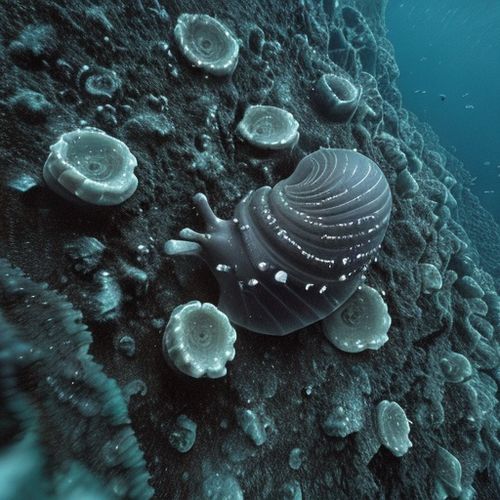
By Emily Johnson/Apr 10, 2025

By Sarah Davis/Apr 10, 2025

By Christopher Harris/Apr 10, 2025

By John Smith/Apr 10, 2025
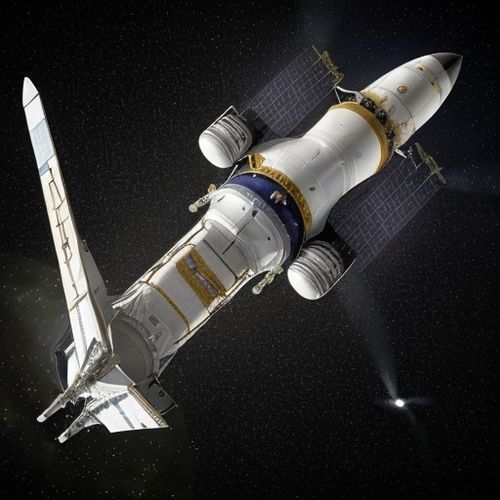
By Ryan Martin/Apr 10, 2025
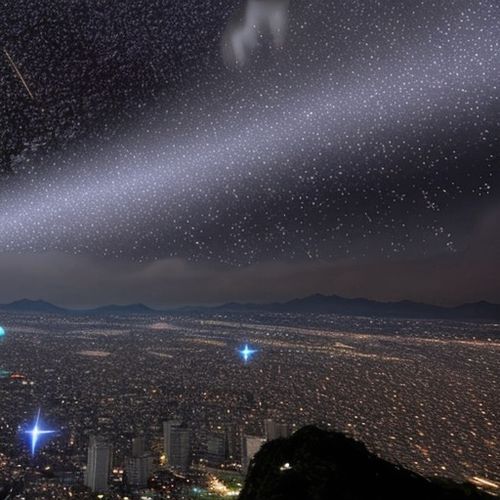
By Olivia Reed/Apr 10, 2025

By Sarah Davis/Apr 10, 2025

By Victoria Gonzalez/Apr 10, 2025
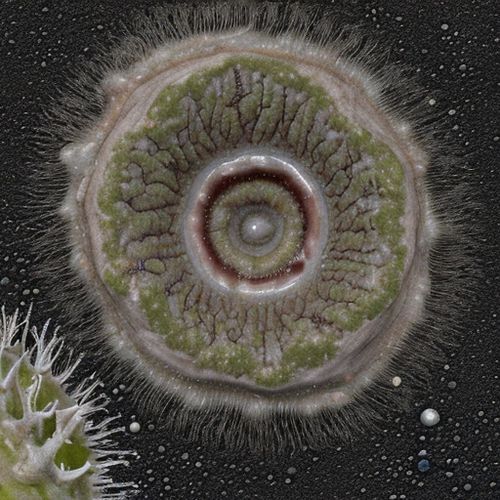
By Laura Wilson/Apr 10, 2025
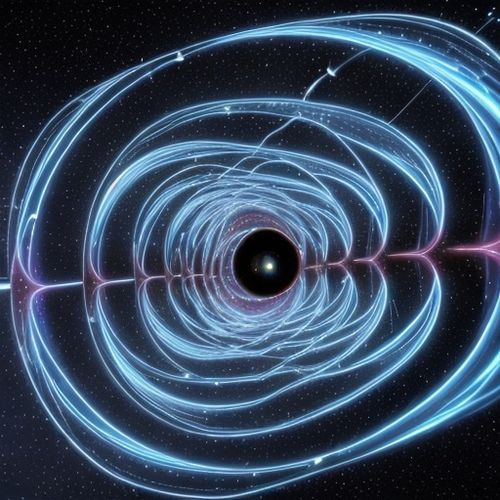
By Lily Simpson/Apr 10, 2025

By Grace Cox/Apr 10, 2025

By Emma Thompson/Apr 10, 2025

By Grace Cox/Apr 10, 2025

By Thomas Roberts/Apr 10, 2025
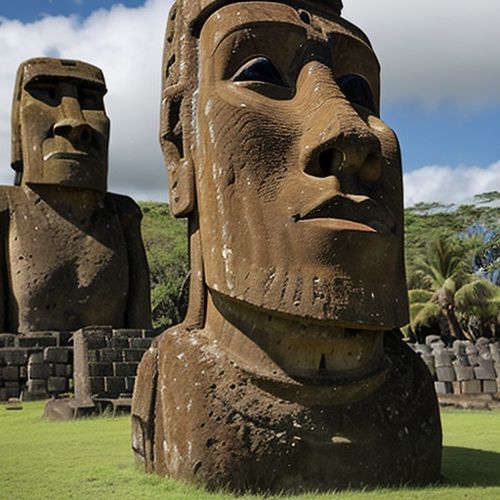
By Laura Wilson/Apr 10, 2025

By Benjamin Evans/Apr 10, 2025

By Megan Clark/Apr 10, 2025